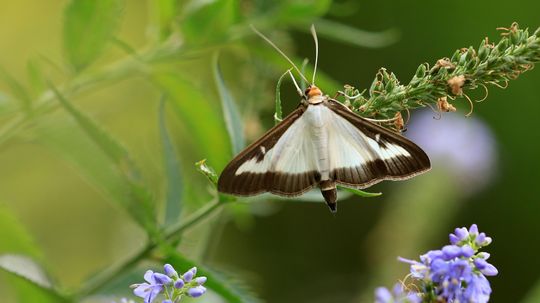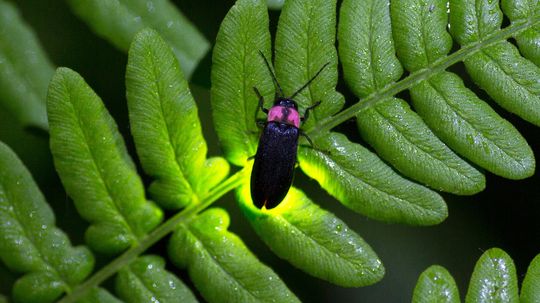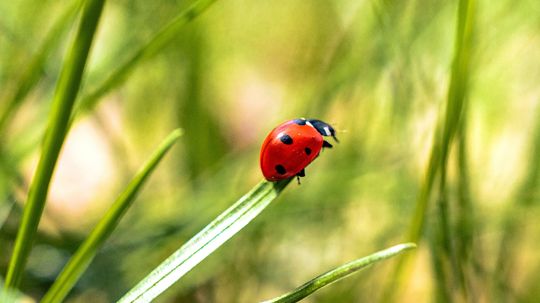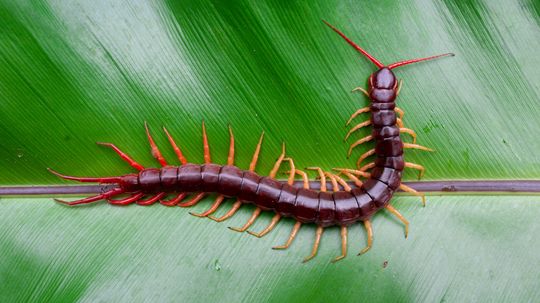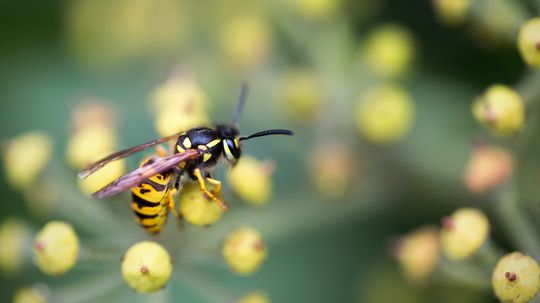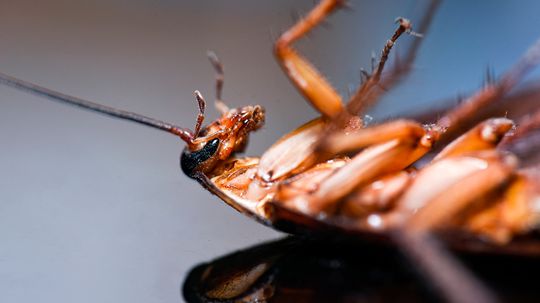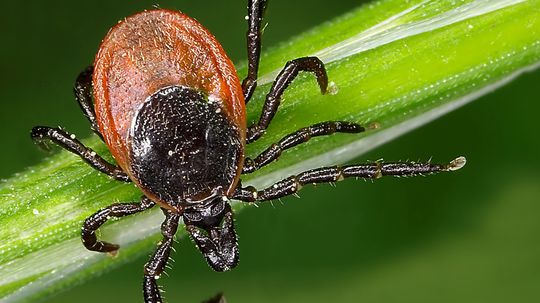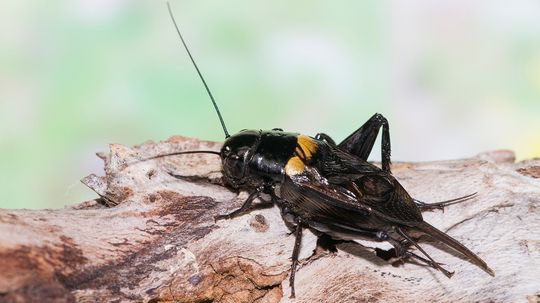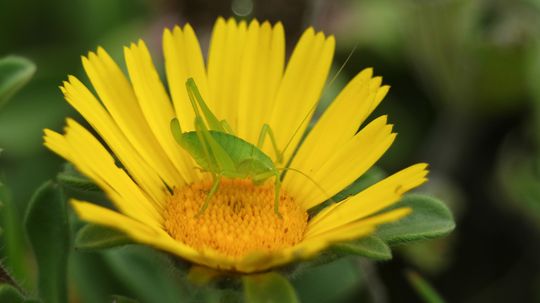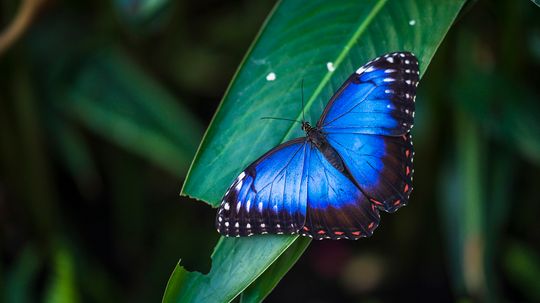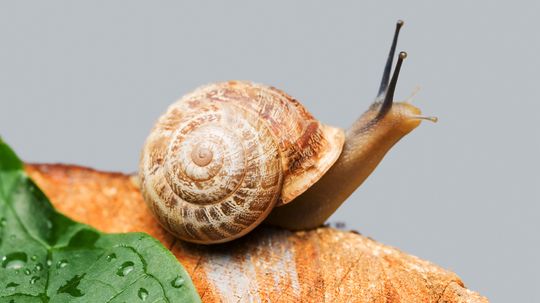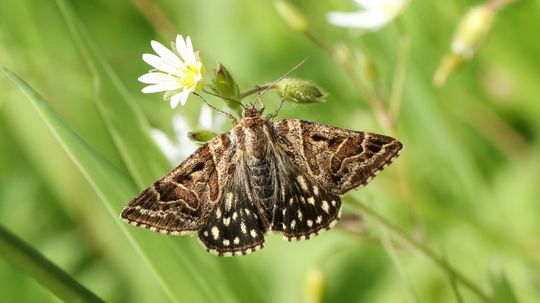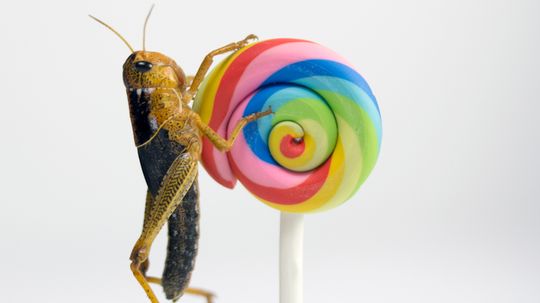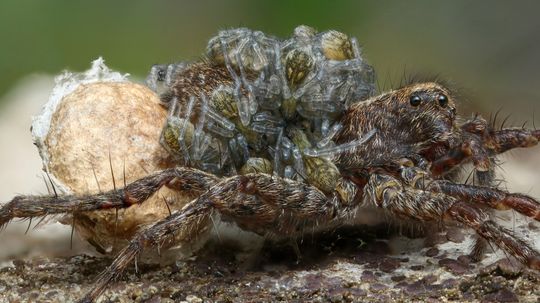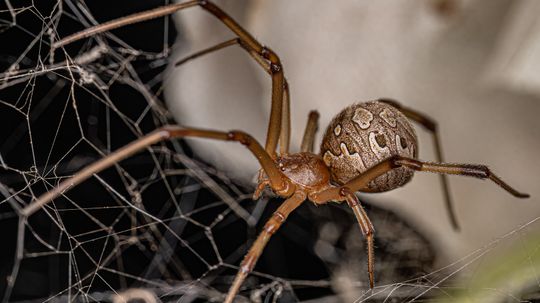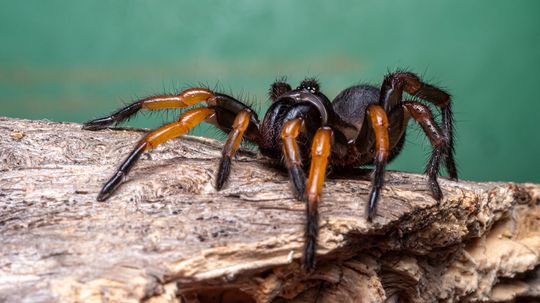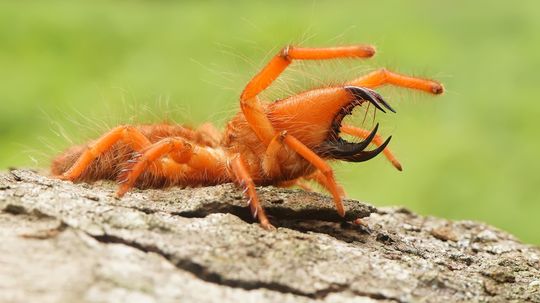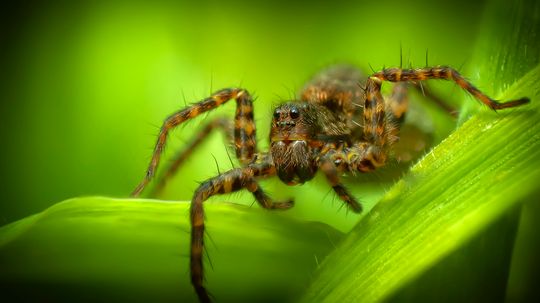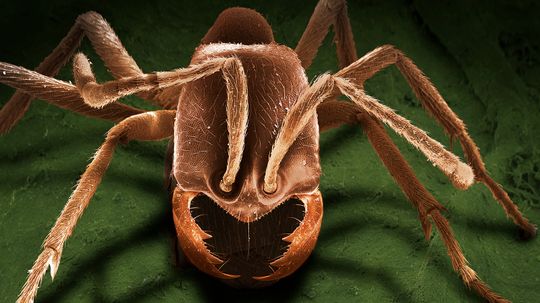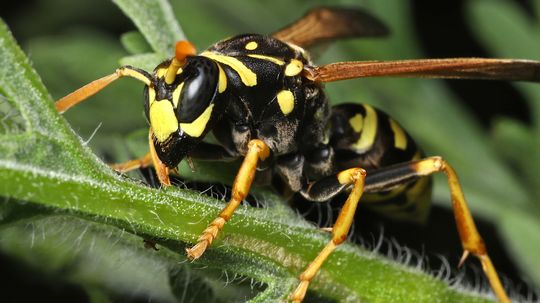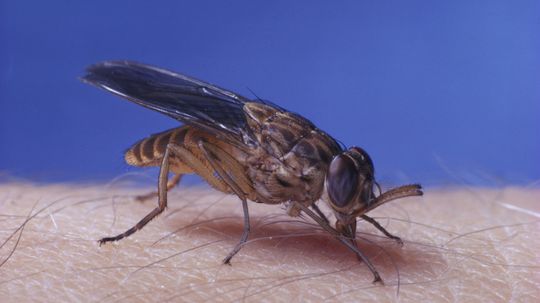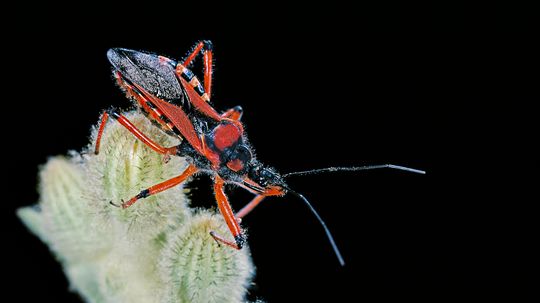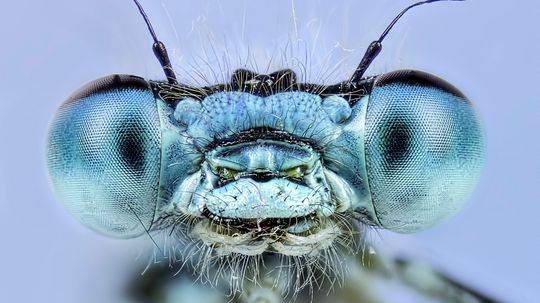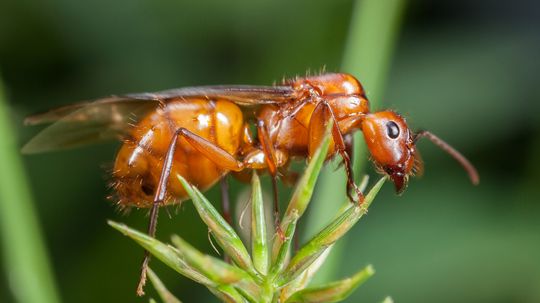Insects
While there are a million different types of insects, all have a hard exoskeleton which is segmented into three parts. In fact the word "insect" is derived from the Latin meaning segmented.
Learn More / Page 2
Moths often live in the shadow of their flashier cousins, the butterflies, but the many types of moths are surprisingly diverse and intriguing.
By Nico Avelle
They glow in the dark, they flit through summer evenings, and they’ve filled countless childhood mason jars. But why do some people call the glimmering flyer a lightning bug vs. firefly?
By Nico Avelle
Ladybugs might look alike at first glance, but not all of them are beneficial garden guests. If you're looking at a potential invader and unsure if it's an Asian lady beetle vs. ladybug, your confusion is entirely valid.
By Nico Avelle
Advertisement
You spot a many-legged crawler in your bathroom and wonder, "Centipede vs. millipede ... does it matter?" This quick guide breaks down the key differences in the age-old confusion.
By Nico Avelle
Think all wasps are just angry insects looking to ruin your picnic? Think again. There are types of wasps that build nests underground, some that live in solitary splendor and others that are downright helpful to your garden.
By Nico Avelle
Spotting a roach can trigger immediate alarm but not all roaches are the same. While wood roaches might startle you, they aren't the same threat as German or American cockroaches.
By Nico Avelle
If you've ever found a tick clinging to your skin after a hike or a romp in tall grass, you're not alone. These tiny critters are more than just a nuisance — they're also potential carriers of some serious diseases.
By Nico Avelle
Advertisement
What do crickets eat? If you've ever heard these little insects chirping in grassy areas or dark places, you might have wondered what fuels their busy lives. It turns out these opportunistic feeders will munch on almost anything to stay healthy.
By Talon Homer
Is that katydid a leaf? Is it an insect? Is it singing to you on a warm summer night? The answer to all of these is yes! Closely related to crickets and grasshoppers, there are over 6,000 katydid species worldwide. These masters of disguise are commonly heard but rarely seen.
By Talon Homer
Some of the most dazzling insects in the world are blue butterflies. With their iridescent wings and delicate forms, these rare beauties bring color to grasslands, coastal areas and conservation efforts alike.
By Nico Avelle
Have you ever wondered, what do snails eat? And how long does it take these slow-moving, slimy creatures to reach their food sources? Well, whether they’re in a garden, a pond or aquarium, a snail's varied diet helps it survive in different environments.
By Ada Tseng
Advertisement
If you’ve ever opened your sweater drawer or pantry and found little holes or suspicious webs, you’ve probably wondered, "What do moths eat? Anything besides my favorite clothes?" Turns out, it’s not the adult moths doing the damage. It’s their hungry little offspring, the moth larvae.
By Nico Avelle
"What do cicadas eat?" is a great question because these noisy insects have a surprising diet.
By Talon Homer
How do you identify a locust vs. grasshopper? They both belong to the grasshopper family (Acrididae), have powerful hind legs for jumping and share many physical traits. Despite their similarities, these two insects exhibit key behavioral and physiological differences that set them apart — especially when it comes to their ability to form massive, crop-devastating swarms.
By Mack Hayden
Let's talk about spider eggs, those tiny wonders of nature that hold the next generation of arachnids.
By Ada Tseng
Advertisement
The brown widow spider (Latrodectus geometricus) is a lesser-known relative of the infamous black widow. The first brown widow spider was discovered in Los Angeles in early 2000. A member of the cobweb spiders, it is now found in warm, urban areas worldwide.
By Ada Tseng
The trapdoor spider is one of the sneakiest hunters in the arachnid world. These clever spiders are named for their unique hunting strategy: They build burrows with hinged "doors" made of soil and twigs that they use to ambush and capture prey. These burrows are lined with silk for stability.
By Ada Tseng
The sun spider is known for its great speed and powerful jaw. Oddly enough, sun spiders, which are also called wind scorpions or camel spiders, are neither spiders nor scorpions. They belong to the order Solifugae, a group of fast-moving, highly specialized arachnids.
By Ada Tseng
Spiders are some of the most common creatures we share our homes with. While they may seem scary at first, most house spider species are harmless and even helpful, keeping pest insects under control.
By Talon Homer
Advertisement
When you think of the most dangerous creatures on Earth, you might picture big animals like sharks or lions, but the insect world is filled with tiny critters capable of causing serious harm. The most dangerous insect can kill by spreading deadly diseases, and others achieve the same end with toxic venom.
By Zach Taras
When it comes to stinging insects, wasps are some of the most feared creatures out there. Unlike honeybees, which can only sting once, most wasps can sting multiple times, injecting painful venom with each strike.
Get ready to explore one of Africa's most notorious insects: the tsetse fly. These tiny flies may not look like much, but they play a major role in spreading sleeping sickness, aka human African trypanosomiasis (HAT).
Assassin bugs (also known as ambush bugs or thread-legged bugs) are one of nature's stealthiest hunters, known for their precision strikes and ability to subdue prey with incredible efficiency.
By Talon Homer
Advertisement
Insects are everywhere, from the deepest jungles to your backyard. They may even make some unwanted cameo appearances in your kitchen. Ideally, those bugs would be smaller and less intimidating than the world's largest insect - a supersized creature you'll have to see to believe.
By Mack Hayden
These miniscule, winged insects can be a common sight when the weather turns warm, but they might also leave some people puzzled. After all, ants can't fly - can they?
By Marie Look
